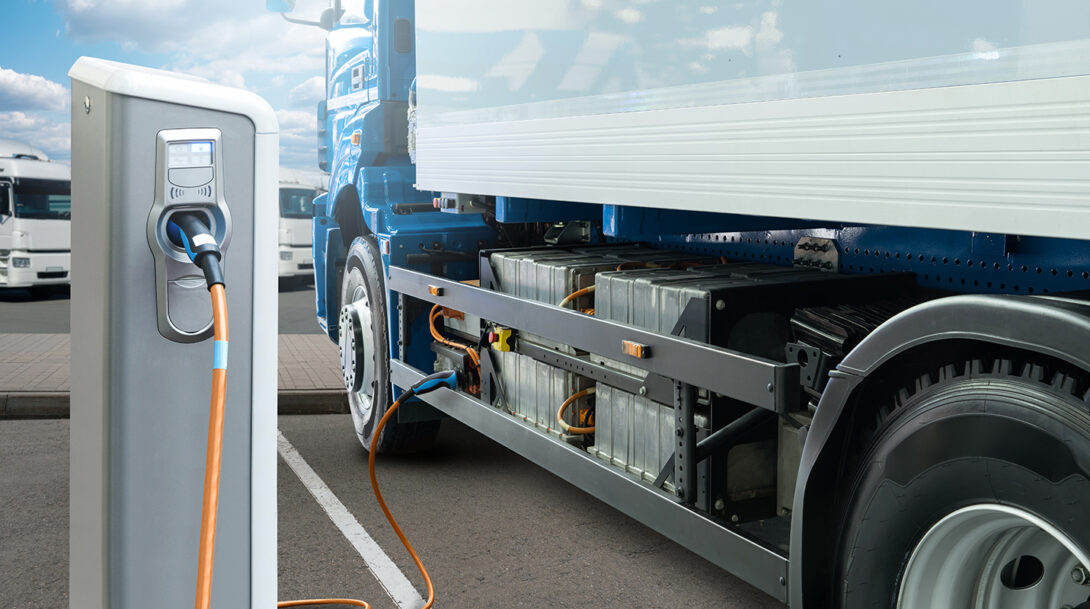Study to examine impact of electric vehicles on air quality, the environment, and public health

CME Professor Jane Lin is working with Associate Professor Serap Erdal, of the School of Public Health at UIC, and Professor Julie Cidell, of the Department of Geography & Geographic Information Science at the University of Illinois Urbana Champaign, on a project to gain a better understanding of how air quality, the environment, and public health in underserved communities might be improved through freight vehicle electrification.
For this project, the researchers are collaborating with the Little Village Environmental Justice Organization (LVEJO) and focusing on the Little Village neighborhood on Chicago’s southwest side, which is situated in a multimodal hub that has railroads and trucks and has faced a variety of environmental problems.
“The project is basically looking at an energy transition paradigm,” said Lin, who is the director of the SusTransLab at UIC. “In transportation, we’re talking about electrification of transport systems – specifically heavy-duty commercial trucks and freight – and in other fields maybe we’re talking about moving away from fossil fuel energy to renewable and other types of clean energy alternatives.”
The study has two parts. The first is gathering a baseline by looking at the current conditions of the air quality and the health exposure of the residents because of the truck traffic.
The second part is to propose different electrification strategies or scenarios, which will be modeled for quantitative analysis by the UIC researchers.
“Not all of the vehicles can be converted immediately,” she said. “It will happen gradually and take time to get from 10% penetration up to 100% and measure the air quality benefit and the health exposure reduction.”
In addition, the researchers will be investigating the economic impact by selecting charging locations and reviewing how that would bring positive or negative economic activities to the neighborhood.
“The hypothesis would be if we select the right locations for charging infrastructures, then it can bring more business and new jobs for people who can work at the charging stations, which will bring some benefits to the local economy,” she said.
According to Lin, a big component of the project is equity, and the researchers are trying to look at it in the sense of environmental justice.
“I think for engineering education, we ought to instill this kind of concept that we’re not just designing something for the sake of ‘this will provide a role for people to travel on or to drive on,’ but you also have to think about the environmental implications, the societal implications, and how this can benefit the communities nearby, especially disadvantaged communities,” she said.
A big part of this study is to empower the community. The project will include the implementation of 75 to 100 mobile sensors to collect data. However, the censors will be left with the LVEJO at the end of the project, which will allow them to continue gathering data. A website also will be set up to show the data in real-time, and the researchers will provide training on how to use the sensors and collect data.
“If they want to conduct another study or if some new problems come up, they can use the sensors to do a data collection and then they can post the data,” Lin said.
The project is funded by a three-year U.S. Environmental Protection Agency grant titled “Electrification, Emissions, Exposure, and Equity: Community-Driven Scenarios for Freight Vehicle Electrification.” Additional funding is provided by the U.S. Department of Commerce through the National Institute of Standards and Technology for the project titled “Community-driven air quality and environmental justice assessment.”